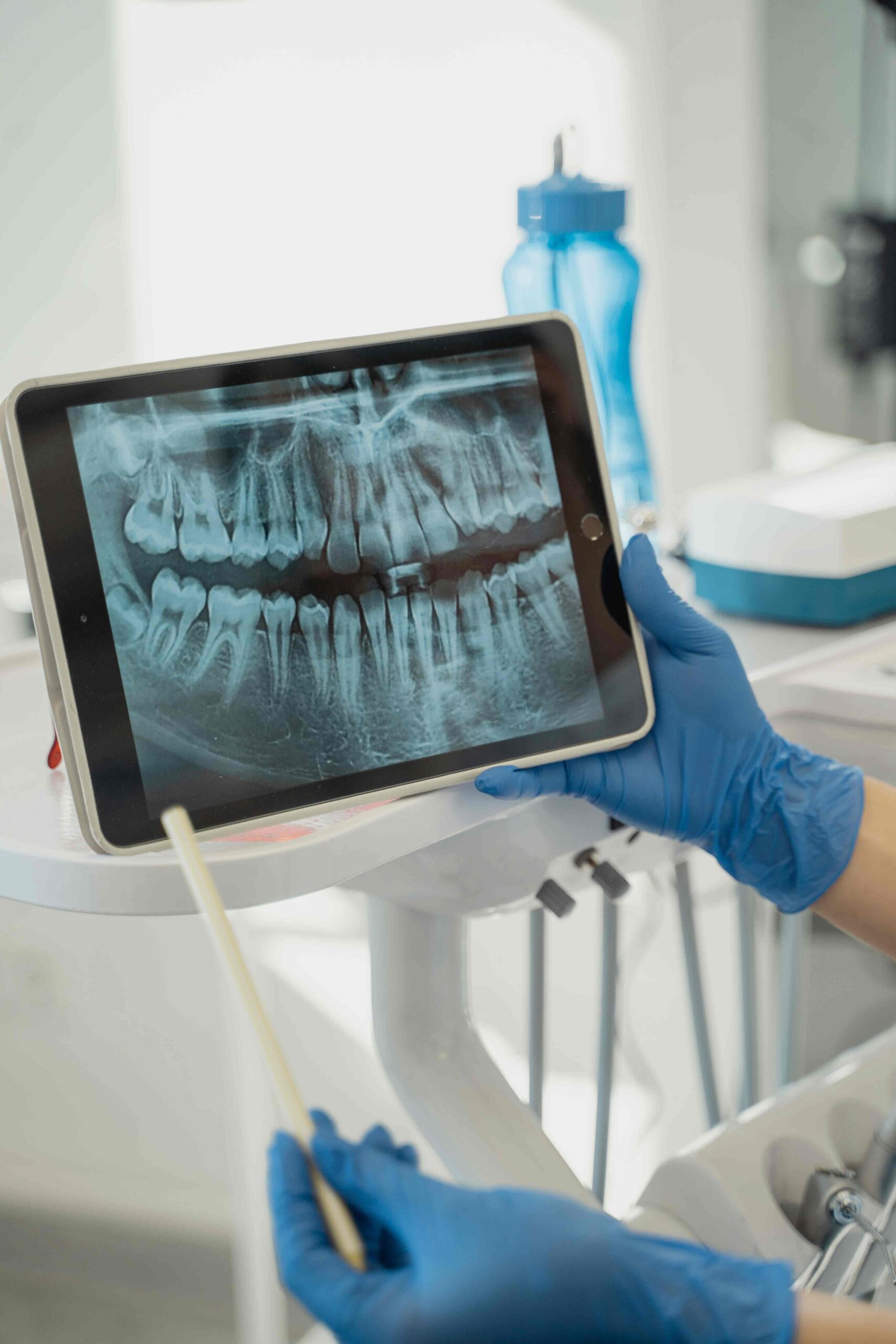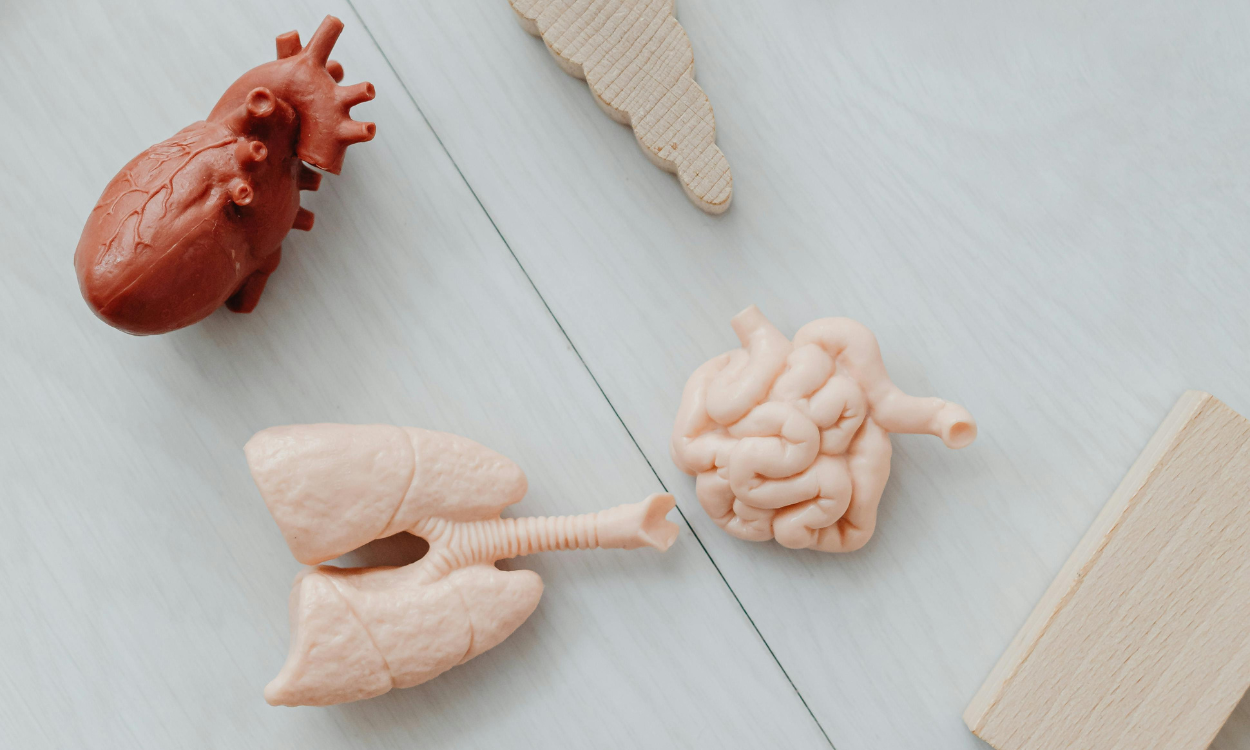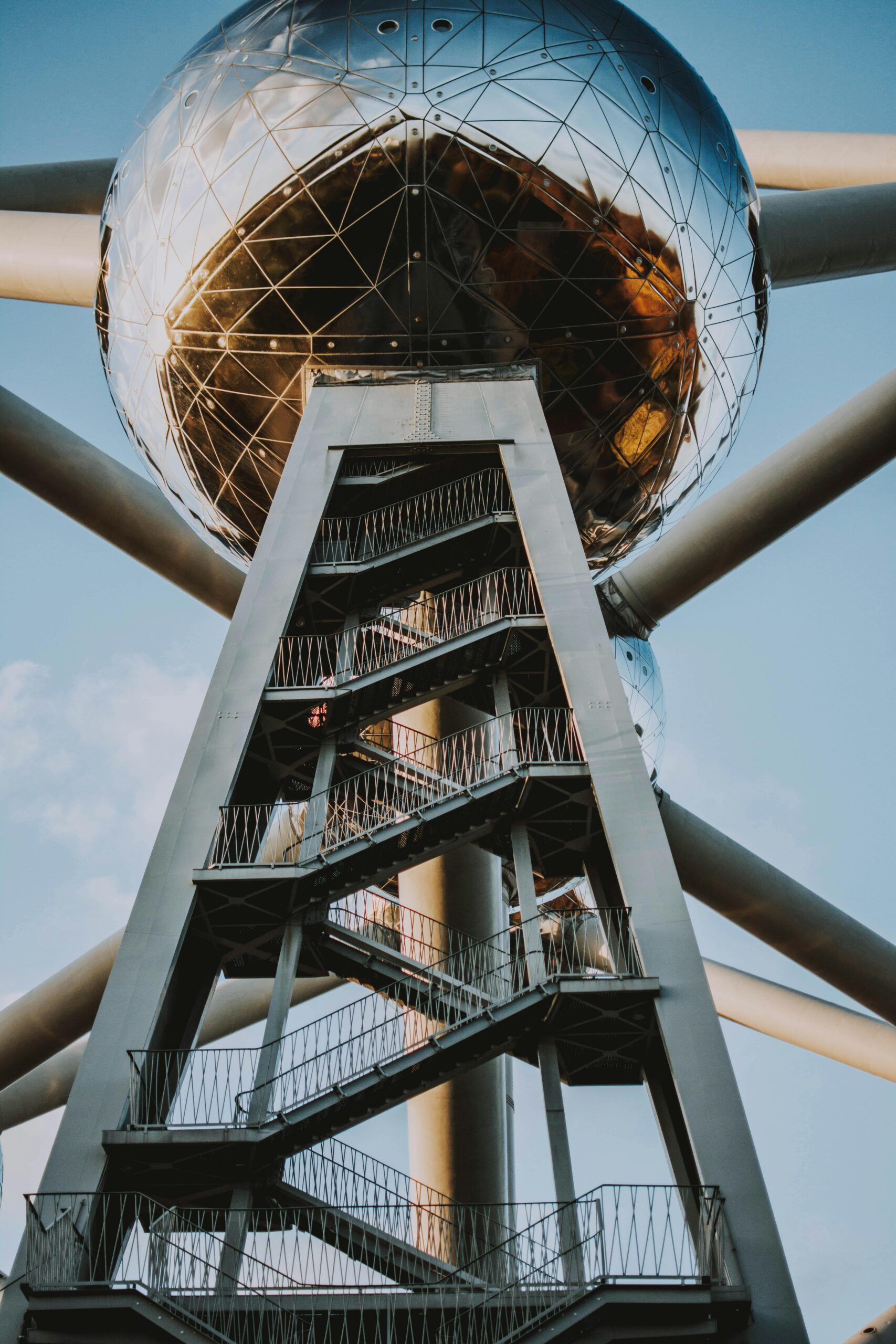Knee joint pain is a common complaint that affects people of all ages. The knee joint, being one of the largest and most complex joints in the body, plays a crucial role in our mobility. It bears the weight of the body and facilitates movements like walking, running, and jumping. However, due to its complexity and the constant stress it endures, the knee is susceptible to various issues that can lead to pain and discomfort. This article delves into the causes, symptoms, and recovery methods for knee joint pain.
Table of Contents
Causes of Knee Joint Pain
Knee joint pain can arise from a variety of factors, ranging from injuries to chronic conditions. Understanding the root cause is essential for effective treatment. Here are some common causes:
- Injuries:
- Ligament Injuries: The knee has four main ligaments: ACL, PCL, MCL, and LCL. Injuries to these ligaments, especially the Anterior Cruciate Ligament (ACL), can cause significant knee joint pain. These injuries are often seen in athletes and are usually the result of sudden stops, twists, or impacts.
- Meniscus Tears: The meniscus is a piece of cartilage that acts as a cushion between the thighbone and shinbone. Tears can occur due to abrupt twisting motions or degeneration over time, leading to knee joint pain.
- Fractures: A direct blow to the knee or falls can result in fractures of the kneecap or other knee bones, causing severe pain and swelling.
- Arthritis:
- Osteoarthritis: This is the most common form of arthritis, resulting from the wear and tear of the cartilage in the knee joint. It leads to stiffness, swelling, and knee joint pain, especially in older adults.
- Rheumatoid Arthritis: An autoimmune condition where the immune system attacks the joints, causing inflammation and knee joint pain.
- Gout: This form of arthritis is caused by the accumulation of uric acid crystals in the joint, leading to sudden and intense knee joint pain.
- Overuse:
- Tendinitis: Inflammation of the tendons around the knee, commonly seen in runners and cyclists, can cause knee joint pain.
- Bursitis: Inflammation of the bursae, small fluid-filled sacs that cushion the knee joint, can result in pain and swelling.
- Other Medical Conditions:
- Infections: Septic arthritis is an infection in the knee joint that can cause severe knee joint pain and requires immediate medical attention.
- Chondromalacia Patellae: Softening and breakdown of the cartilage on the underside of the kneecap, leading to knee joint pain, particularly in young adults and athletes.
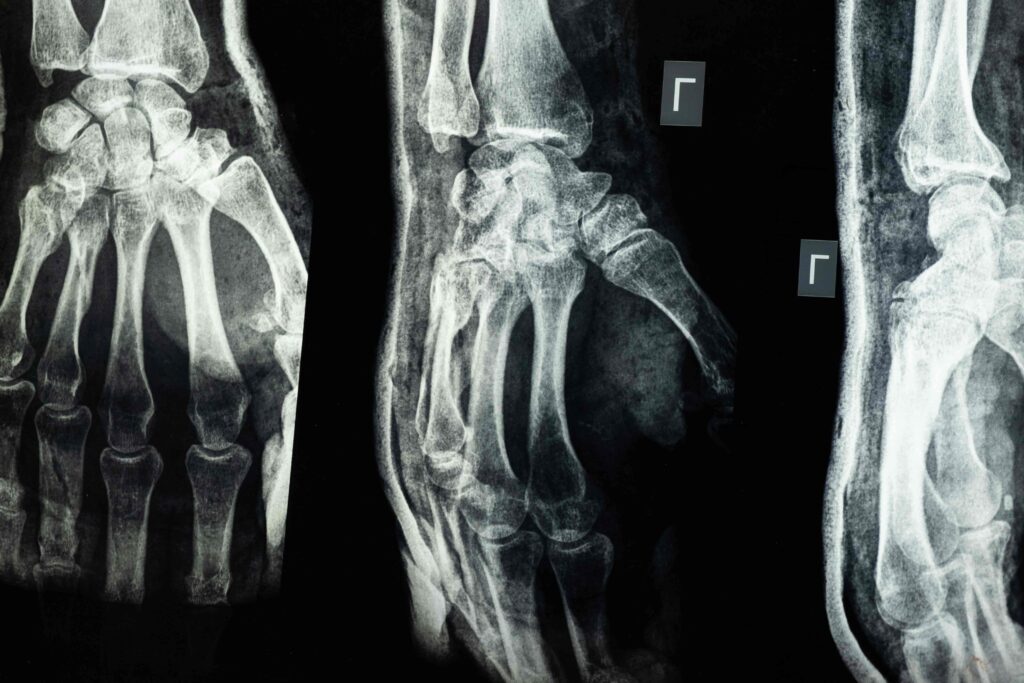
Symptoms of Knee Joint Pain
The symptoms of knee joint pain can vary depending on the underlying cause. However, common symptoms include:
- Swelling and Stiffness: Swelling around the knee joint is a common symptom, along with a decrease in range of motion.
- Redness and Warmth: Inflammation may cause the knee to feel warm and appear red.
- Weakness or Instability: The knee may feel weak or unstable, making it difficult to bear weight or perform certain movements.
- Popping or Crunching Noises: Sounds of popping or crunching can indicate cartilage damage or ligament issues.
- Inability to Fully Straighten the Knee: This can be a sign of structural damage within the joint.
Diagnosis of Knee Joint Pain
Diagnosing knee joint pain involves a comprehensive evaluation by a healthcare professional. The process may include:
- Medical History: Discussion of symptoms, past injuries, and family history of arthritis or other conditions.
- Physical Examination: Assessing the range of motion, stability, and tenderness of the knee.
- Imaging Tests: X-rays, MRI, CT scans, or ultrasound may be used to visualize the internal structures of the knee joint.
- Laboratory Tests: Blood tests and joint fluid analysis can help diagnose infections or inflammatory conditions like rheumatoid arthritis or gout.
Treatment and Recovery for Knee Joint Pain
The treatment and recovery process for knee joint pain depends on the underlying cause and severity of the condition. Here are some common treatment options:
- Rest and Activity Modification: Avoiding activities that exacerbate knee joint pain and allowing time for healing is often the first step in recovery.
- Medication:
- Pain Relievers: Over-the-counter pain relievers like ibuprofen or acetaminophen can help reduce pain and inflammation.
- Corticosteroids: Injections of corticosteroids can provide relief from severe knee joint pain caused by inflammation.
- Physical Therapy: A tailored physical therapy program can help strengthen the muscles around the knee, improve flexibility, and reduce knee joint pain.
- Supportive Devices:
- Braces and Orthotics: Knee braces and shoe inserts can help support the knee and alleviate pain.
- Assistive Devices: Crutches or canes may be recommended to reduce weight-bearing on the affected knee.
- Surgical Interventions: In cases where conservative treatments fail, surgery may be necessary. Common surgical options include:
- Arthroscopy: A minimally invasive procedure to repair damaged structures within the knee joint.
- Partial or Total Knee Replacement: Replacement of damaged cartilage and bone with artificial components.
- Lifestyle Modifications:
- Weight Management: Maintaining a healthy weight reduces stress on the knee joint.
- Exercise: Low-impact exercises like swimming and cycling can help maintain joint function without worsening knee joint pain.
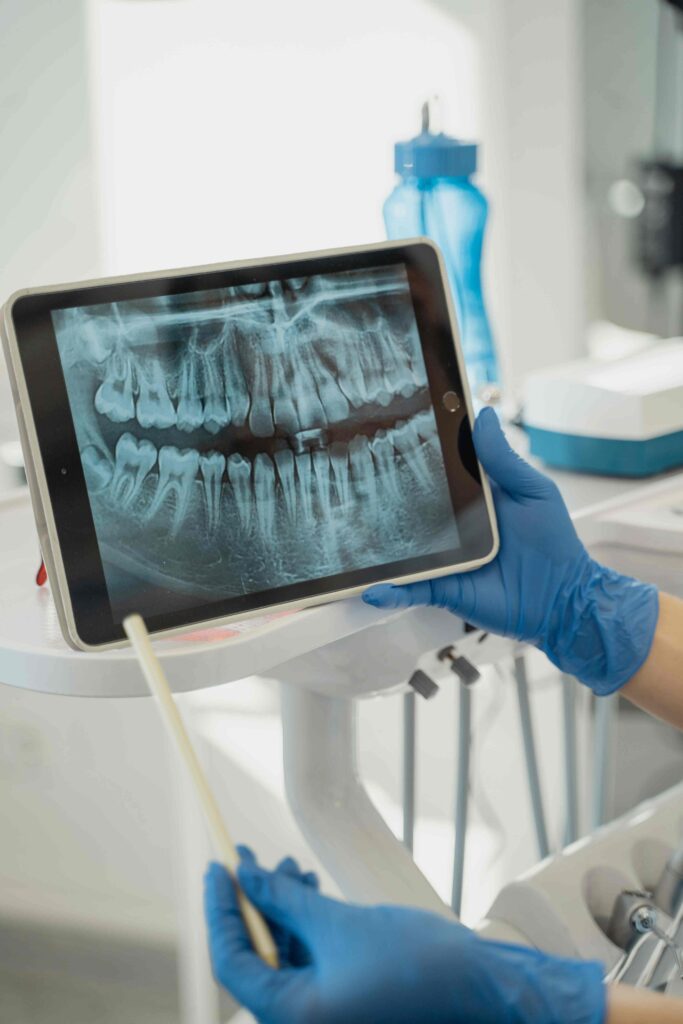
Prevention of Knee Joint Pain
Preventing knee joint pain involves maintaining good overall joint health and avoiding activities that may cause injury. Here are some tips:
- Regular Exercise: Strengthening the muscles around the knee can provide better support and reduce the risk of injuries.
- Proper Footwear: Wearing shoes that provide adequate support can help prevent overuse injuries and reduce knee joint pain.
- Warm-Up and Stretching: Proper warm-up and stretching before physical activities can help prevent strains and sprains.
- Avoiding Repetitive Stress: Taking breaks and using proper techniques during activities can help avoid overuse injuries.
- Calcium Food: Exploring the Nutritional Benefits of Traditional Greens
- Calcium is an essential mineral for maintaining strong bones and teeth, as well as supporting muscle function, nerve transmission, and hormonal secretion. While dairy products are often the most recognized sources of calcium, many leafy greens, especially those used in traditional cuisines, are rich in this vital nutrient. In this article, we explore some of these nutrient-dense greens, including Murungai Keerai, Agatti Keerai, Manathakkali Keerai, Karuppu La Keerai, and Ponnakanni Keerai, and their importance as calcium food.
- 1. Murungai Keerai (Drumstick Leaves)
- Murungai Keerai, also known as drumstick leaves, is derived from the Moringa tree. These leaves are not only a rich source of calcium but also provide an array of other essential nutrients, including vitamins A, C, and E, potassium, and protein.
- Nutritional Benefits:
- Calcium Content: Murungai Keerai is an excellent calcium food, with around 185 mg of calcium per 100 grams.
- Antioxidants: The leaves are loaded with antioxidants that help fight free radicals and reduce inflammation.
- Protein: Surprisingly, drumstick leaves are high in protein, making them a valuable addition to vegetarian diets.
- Culinary Uses: Murungai Keerai can be used in soups, stir-fries, and salads. In traditional South Indian cuisine, it is often added to lentil dishes like dal or made into a nutritious soup known as “Murungai Keerai soup.”
- 2. Agatti Keerai (Sesbania Grandiflora)
- Agatti Keerai, also known as vegetable hummingbird or sesbania grandiflora, is another calcium-rich leafy green. It is used in various traditional dishes and is known for its slightly bitter taste.
- Nutritional Benefits:
- Calcium Content: Agatti Keerai provides approximately 113 mg of calcium per 100 grams.
- Vitamins and Minerals: It is also rich in vitamins A and C, iron, and phosphorus.
- Medicinal Properties: The leaves have been traditionally used to treat various ailments, including respiratory issues and digestive problems.
- Culinary Uses: Agatti Keerai can be cooked into curries, soups, or even made into chutneys. The flowers of the plant are also edible and can be used in salads or as a garnish.
- 3. Manathakkali Keerai (Black Nightshade)
- Manathakkali Keerai, also known as black nightshade, is a lesser-known green that is packed with nutrients, including calcium. It is commonly used in traditional Indian medicine and cuisine.
- Nutritional Benefits:
- Calcium Content: This green provides about 210 mg of calcium per 100 grams, making it an excellent calcium food.
- Other Nutrients: It is also a good source of vitamins A, C, and B, along with iron and phosphorus.
- Medicinal Uses: Manathakkali Keerai has anti-inflammatory and analgesic properties, and it is often used to treat mouth ulcers and other ailments.
- Culinary Uses: The leaves can be sautéed, used in soups, or added to rice dishes. In South Indian cuisine, Manathakkali Keerai is commonly made into a curry called “Keerai kootu.”
- 4. Karuppu La Keerai (Amaranth Greens)
- Karuppu La Keerai, known as black amaranth or amaranth greens, is a nutritious leafy green that is a staple in many tropical regions. It is known for its vibrant color and slightly earthy taste.
- Nutritional Benefits:
- Calcium Content: Karuppu La Keerai contains approximately 215 mg of calcium per 100 grams.
- Rich in Nutrients: Besides calcium, it is high in dietary fiber, iron, magnesium, and vitamins A and C.
- Health Benefits: The antioxidants present in amaranth greens help in reducing inflammation and supporting overall health.
- Culinary Uses: Karuppu La Keerai can be used in a variety of dishes, including stir-fries, soups, and salads. It is also commonly cooked with lentils or coconut to create flavorful side dishes.
- 5. Ponnakanni Keerai (Dwarf Copperleaf)
- Ponnakanni Keerai, also known as dwarf copperleaf or sessile joyweed, is a highly nutritious green known for its medicinal properties. It is widely used in traditional Ayurvedic and Siddha medicine.
- Nutritional Benefits:
- Calcium Content: Ponnakanni Keerai provides around 260 mg of calcium per 100 grams, making it one of the richest sources among leafy greens.
- Vitamins and Minerals: It is also rich in vitamins A and C, iron, and other essential minerals.
- Medicinal Uses: Traditionally, it is used to treat skin ailments, improve eyesight, and promote overall well-being.
- Culinary Uses: Ponnakanni Keerai can be made into a variety of dishes, including stews, soups, and herbal teas. In South Indian cuisine, it is often used in dishes like “Keerai masiyal” or “Keerai poriyal.”

